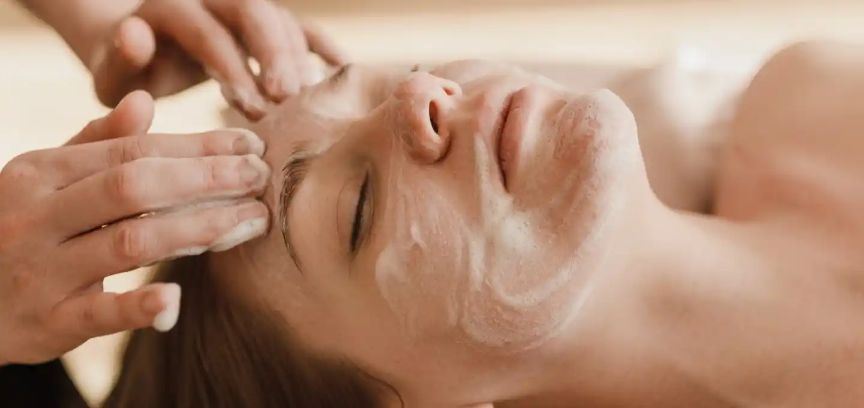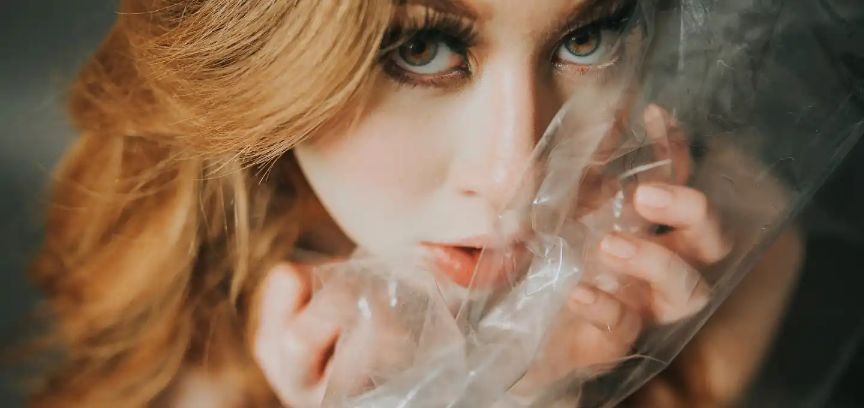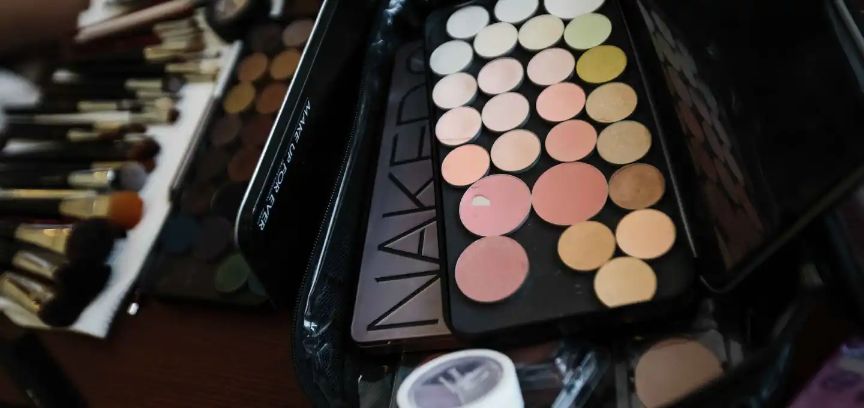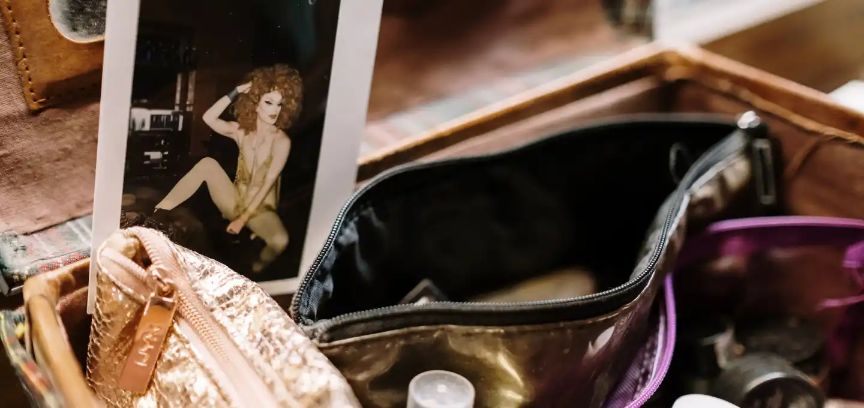Skincare Rituals from Around the World: Beauty Secrets Revealed
4 min read
16 Apr 2024
Beautiful, radiant skin is a desire shared by people around the world. While genetics play a role in our skin's appearance, skincare rituals and traditions from different cultures have contributed to the maintenance of healthy and glowing skin. In this article, we'll embark on a journey to discover skincare secrets from various corners of the globe, unveiling time-honored practices and ingredients that have stood the test of time.
1. Japan: The Art of Layering
Japanese skincare is often characterized by the meticulous art of layering products. The double cleanse, using an oil-based cleanser followed by a water-based one, ensures thorough makeup removal and clean pores. The use of lightweight hydrating toners, serums, and moisturizers comes next, creating a harmonious balance of hydration and protection. The star ingredient in many Japanese skincare products is sake, known for its brightening and antioxidant properties.

2. South Korea: The K-Beauty Revolution
South Korea has gained global recognition for its innovative approach to skincare. The Korean skincare routine, often comprising multiple steps, focuses on achieving a clear and flawless complexion. Key steps include the use of essence, sheet masks, and ample sun protection. Ingredients like snail mucin and ginseng extract are common in K-beauty products, offering hydration, rejuvenation, and anti-aging benefits.
3. India: Ayurveda and Natural Remedies
India's skincare traditions are deeply rooted in Ayurveda, an ancient system of holistic healing. Ingredients like turmeric, neem, and sandalwood are celebrated for their purifying and brightening properties. The practice of facial massage with oils, known as abhyanga, promotes circulation and lymphatic drainage, contributing to healthy, glowing skin.
4. Greece: Olive Oil Elixirs
The Mediterranean diet is famous for its health benefits, and olive oil is a key component of this diet. Greeks have been using olive oil for centuries to moisturize and protect their skin. Rich in antioxidants and healthy fats, olive oil is applied to the face and body, providing deep hydration and a natural glow.
5. Morocco: Argan Oil Magic
Morocco is renowned for its argan oil, often referred to as liquid gold. This precious oil, derived from the nuts of the argan tree, is rich in vitamins and fatty acids. It is used to nourish and hydrate the skin, hair, and nails. The Moroccan hammam, a traditional steam bath, involves exfoliation and the application of argan oil, leaving the skin soft and supple.
6. Thailand: Thai Herbal Compress Therapy
Thai skincare often incorporates the use of herbal compresses. These compresses are filled with a blend of herbs and spices, such as lemongrass, turmeric, and ginger. When steamed and applied to the skin, they offer relaxation, detoxification, and anti-inflammatory benefits. Thai massages and herbal compress therapy are popular rituals for achieving radiant skin.
7. Brazil: Amazonian Superfoods
Brazilian skincare draws inspiration from the rich biodiversity of the Amazon rainforest. Ingredients like açaí berries, camu camu, and cupuaçu butter are packed with antioxidants and vitamins. These ingredients are often found in skincare products designed to protect against environmental damage and promote youthful-looking skin.
8. Egypt: Timeless Beauty Secrets
Ancient Egypt is credited with some of the earliest recorded skincare practices. Cleopatra, known for her legendary beauty, was said to use ingredients like honey and milk baths to maintain her complexion. Ancient Egyptians also embraced the use of oils, such as castor oil and moringa oil, for skincare and haircare.
9. Sweden: Cold Water Plunges
In Sweden and other Nordic countries, a dip in cold water, such as a lake or the sea, is a traditional skincare practice. This invigorating experience is believed to improve blood circulation, tighten pores, and promote overall skin health. It's often followed by a warm sauna session for relaxation.
10. China: Herbal Medicine and Jade Rollers
Traditional Chinese medicine (TCM) emphasizes the balance of energy and harmony in the body. Herbal medicine is often used to address internal imbalances that can manifest as skin issues. External skincare practices may involve the use of jade rollers for facial massage to promote circulation and lymphatic drainage.
11. Mexico: Nopal and Aloe Vera
Mexico's skincare traditions incorporate the use of nopal (prickly pear cactus) and aloe vera. Nopal is known for its soothing and hydrating properties, while aloe vera is used for its healing and anti-inflammatory benefits. These natural ingredients are often found in Mexican skincare products.
12. France: Minimalism and Elegance
French skincare is characterized by its minimalist approach. Less is often more in French skincare routines, with an emphasis on gentle cleansing, hydration, and sun protection. French women are known for their elegant, understated beauty, often attributed to this simple yet effective approach.
Conclusion:
The diverse skincare rituals from around the world reveal a common thread—the appreciation for natural ingredients and time-honoured practices. These traditions emphasize the importance of self-care, whether it's through facial massage, herbal remedies, or the use of nourishing oils. While each culture has its unique approach to skincare, the underlying goal is universal: to achieve healthy, radiant skin that reflects not only beauty but also well-being. Exploring these global skincare secrets offers a deeper appreciation for the cultural diversity and wisdom that contribute to the art of skincare.



